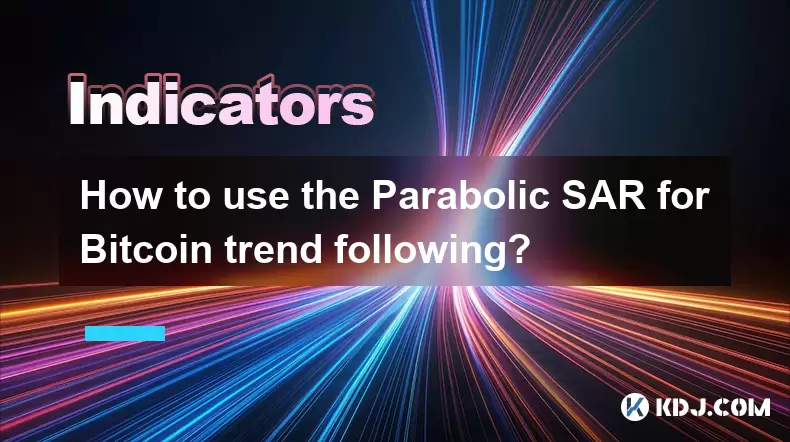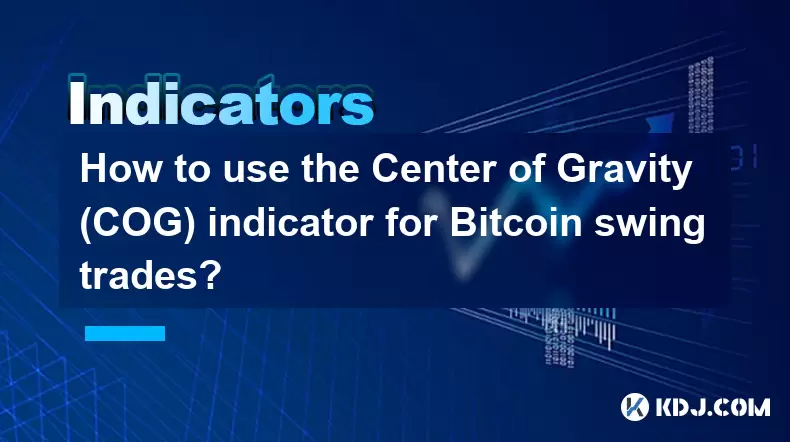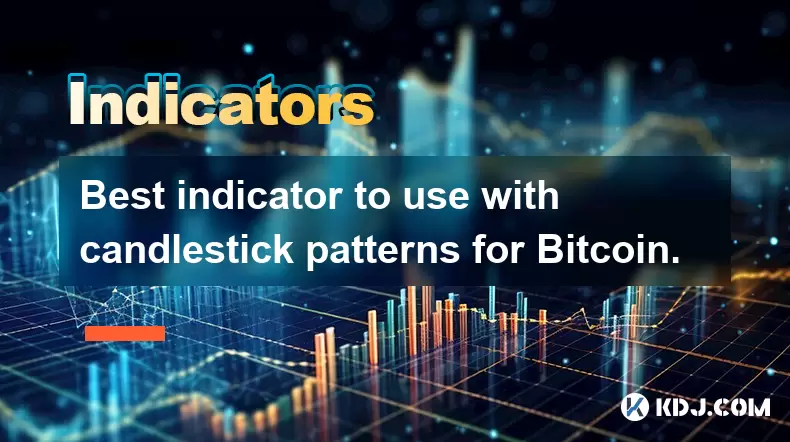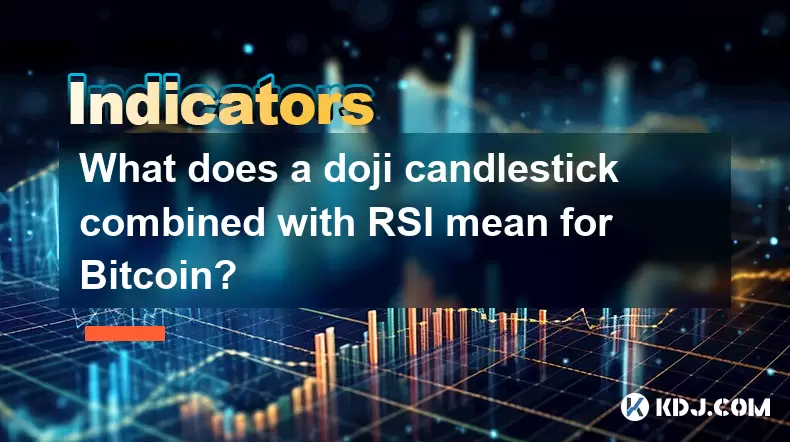-
 Bitcoin
Bitcoin $108,043.3894
-1.71% -
 Ethereum
Ethereum $2,519.1878
-3.09% -
 Tether USDt
Tether USDt $1.0004
-0.01% -
 XRP
XRP $2.2231
-2.72% -
 BNB
BNB $655.3607
-1.06% -
 Solana
Solana $148.3620
-2.84% -
 USDC
USDC $1.0000
0.00% -
 TRON
TRON $0.2838
-0.37% -
 Dogecoin
Dogecoin $0.1648
-4.79% -
 Cardano
Cardano $0.5759
-3.97% -
 Hyperliquid
Hyperliquid $38.4598
-5.19% -
 Sui
Sui $2.9005
-4.22% -
 Bitcoin Cash
Bitcoin Cash $481.1531
-3.80% -
 Chainlink
Chainlink $13.1936
-4.50% -
 UNUS SED LEO
UNUS SED LEO $9.0471
0.41% -
 Avalanche
Avalanche $17.9444
-4.20% -
 Stellar
Stellar $0.2378
-2.60% -
 Toncoin
Toncoin $2.7850
-3.38% -
 Shiba Inu
Shiba Inu $0.0...01148
-3.75% -
 Litecoin
Litecoin $87.3159
-3.73% -
 Hedera
Hedera $0.1557
-3.02% -
 Monero
Monero $314.0980
-1.98% -
 Polkadot
Polkadot $3.3909
-5.10% -
 Dai
Dai $1.0001
0.00% -
 Ethena USDe
Ethena USDe $1.0002
-0.02% -
 Bitget Token
Bitget Token $4.4147
-3.74% -
 Uniswap
Uniswap $6.9933
-9.59% -
 Pepe
Pepe $0.0...09661
-6.72% -
 Aave
Aave $264.1417
-6.16% -
 Pi
Pi $0.4705
-5.23%
How to use the Parabolic SAR for Bitcoin trend following?
The Parabolic SAR helps Bitcoin traders identify trend reversals and optimal entry/exit points by placing dots above or below price candles.
Jul 04, 2025 at 05:21 pm

Understanding the Parabolic SAR Indicator
The Parabolic SAR (Stop and Reverse) is a technical analysis tool developed by J. Welles Wilder, primarily used to identify potential reversals in asset prices. In the context of Bitcoin trading, it serves as a crucial instrument for spotting entry and exit points during trending markets. The indicator appears on price charts as a series of dots either above or below the price action. When the dots are below the price, it signals an uptrend, and when they appear above, it indicates a downtrend.
This dynamic feature makes the Parabolic SAR particularly useful for trend-following strategies. Traders can use these signals to determine whether to hold, buy, or sell their Bitcoin positions based on the ongoing trend direction. However, due to its nature, this indicator works best in strong trending environments and may produce misleading signals during sideways or choppy market conditions.
Setting Up Parabolic SAR on Trading Platforms
Before applying the Parabolic SAR to Bitcoin charts, traders need to ensure that their chosen platform supports this indicator. Most modern platforms like TradingView, MetaTrader 4/5, and Binance’s native tools include the Parabolic SAR as a standard feature.
- Open your preferred charting tool
- Select the "Indicators" menu
- Search for "Parabolic SAR" and click to add it to the chart
Once applied, the default settings usually come with an acceleration factor of 0.02 and a maximum acceleration of 0.2. These values define how quickly the SAR reacts to price changes. For more responsive signals in Bitcoin's volatile market, some traders adjust the acceleration factor to 0.03 or higher while keeping the max acceleration consistent at 0.2.
Interpreting Parabolic SAR Signals in Bitcoin Charts
When using the Parabolic SAR for Bitcoin trend following, the placement of the dots relative to the price is key:
- If the dots are below the price candles, it suggests a bullish phase, prompting traders to consider entering long positions
- Conversely, if the dots flip to being above the price, it signals a bearish reversal, indicating possible short opportunities or exits from long trades
For instance, during a strong rally in Bitcoin's price, the SAR dots will trail below the candles, gradually accelerating upward as momentum increases. Once a dot appears above the price bar, it acts as a reversal signal, advising traders to close long positions or initiate shorts.
It's important to note that false signals can occur, especially during consolidation phases. Therefore, traders should not rely solely on the Parabolic SAR but instead combine it with other confirming tools such as moving averages or volume indicators.
Combining Parabolic SAR with Other Indicators for Better Accuracy
To enhance the reliability of the Parabolic SAR in Bitcoin trading, many experienced traders integrate it with complementary indicators:
- Moving Averages: Using a 20-period exponential moving average (EMA) alongside the SAR helps confirm the trend direction. If the price remains above the EMA and the SAR dots are below, the uptrend is considered strong
- Relative Strength Index (RSI): An RSI reading above 50 confirms bullish strength, reinforcing SAR-based long entries. Similarly, readings below 50 support SAR-driven short signals
- Volume Analysis: Increasing volume during SAR transitions adds credibility to the reversal signal
By combining multiple tools, traders can filter out noise and avoid premature exits or erroneous entries during false breakouts. This layered approach is especially vital in Bitcoin’s highly volatile environment, where whipsaws are common.
Executing Trades Based on Parabolic SAR Signals
Once the Parabolic SAR generates a reversal signal, traders must decide on the appropriate action. Here's a step-by-step guide for executing trades:
- Monitor the chart for the first dot appearing above or below the candlesticks
- Wait for confirmation from other indicators (like moving averages or RSI) before taking action
- Place a market order or set a limit order slightly beyond the SAR level to ensure execution
- Set a stop-loss just beyond the most recent SAR value to manage risk
- Adjust the stop-loss dynamically as new SAR levels form
For example, if Bitcoin has been in an uptrend and the SAR flips above the price, it may be time to close long positions or open short ones. Conversely, when the SAR moves below the price after a downtrend, it could indicate a bullish reversal.
Traders should also pay attention to candlestick patterns forming around the SAR flip points, as these can provide additional insight into the strength of the reversal.
Risk Management Considerations with Parabolic SAR
While the Parabolic SAR is effective for identifying trends, risk management is essential to prevent significant losses. Bitcoin's high volatility means that even well-timed entries can turn against traders unexpectedly.
- Always use stop-loss orders aligned with the SAR movement
- Avoid over-leveraging, especially during periods of high volatility
- Limit position sizes to no more than 1–2% of total portfolio value per trade
- Reassess the strategy periodically to adapt to changing market conditions
By incorporating disciplined risk controls, traders can protect themselves from sudden reversals and maximize the effectiveness of the Parabolic SAR in their Bitcoin trading strategy.
Frequently Asked Questions
Q: Can Parabolic SAR be used effectively in ranging Bitcoin markets?
A: No, the Parabolic SAR performs poorly in sideways or consolidating markets. It tends to generate frequent false signals, leading to erratic trading decisions. It is best suited for strong trending environments.
Q: How does the acceleration factor affect Parabolic SAR performance?
A: The acceleration factor determines how quickly the SAR dots converge toward the price. A higher setting like 0.03 makes the indicator more sensitive, which can help capture early reversals but may also increase false signals.
Q: Should I always exit a trade when the SAR flips?
A: Not necessarily. Some traders wait for additional confirmation from candlestick patterns or volume surges before exiting. Immediate exits based solely on SAR flips may result in missing extended trends.
Q: Is it better to use Parabolic SAR on higher or lower Bitcoin chart timeframes?
A: The Parabolic SAR works best on higher timeframes like 4-hour or daily charts, where trends are clearer and less prone to noise. Lower timeframes increase the likelihood of false signals due to increased volatility.
Disclaimer:info@kdj.com
The information provided is not trading advice. kdj.com does not assume any responsibility for any investments made based on the information provided in this article. Cryptocurrencies are highly volatile and it is highly recommended that you invest with caution after thorough research!
If you believe that the content used on this website infringes your copyright, please contact us immediately (info@kdj.com) and we will delete it promptly.
- Bitcoin's Pattern Break: Are HODLers the Key to the Next Surge?
- 2025-07-04 18:50:12
- Bitcoin Price, Trump's Bill, and the $150K Dream: A NYC Take
- 2025-07-04 19:50:12
- Ethereum, LILPEPE, and the July Bounce: Will Pepe Steal ETH's Thunder?
- 2025-07-04 19:10:12
- Binance Institutional Loans: Unlocking 4x Leverage and Zero Interest for Whales
- 2025-07-04 19:15:12
- Bitcoin Bull Run: Analysts Eye Peak in Late 2025?
- 2025-07-04 19:20:13
- Pepe Indicators, Bullish Forecast: Can the Meme Coin Rally?
- 2025-07-04 19:25:12
Related knowledge

How to use the Center of Gravity (COG) indicator for Bitcoin swing trades?
Jul 04,2025 at 06:21pm
Understanding the Center of Gravity (COG) IndicatorThe Center of Gravity (COG) indicator is a technical analysis tool primarily used to identify potential trend reversals and momentum shifts in financial markets, including cryptocurrency trading. Unlike traditional oscillators like RSI or MACD, the COG focuses on calculating the weighted average price o...

How to backtest an indicator-based strategy for Bitcoin without coding?
Jul 04,2025 at 06:50pm
Understanding Backtesting in Cryptocurrency TradingBacktesting is the process of evaluating a trading strategy by applying it to historical data to see how it would have performed. In the context of Bitcoin, backtesting allows traders to test their indicator-based strategies using past price movements and volume data. This helps identify whether a strat...

What is indicator confluence and why is it important for Bitcoin trading?
Jul 04,2025 at 03:14pm
Understanding the Concept of Indicator ConfluenceIndicator confluence refers to the alignment or agreement between multiple technical indicators when analyzing a financial asset, such as Bitcoin. Instead of relying on a single indicator to make trading decisions, traders use confluence to increase the probability of successful trades by ensuring that di...

Best indicator to use with candlestick patterns for Bitcoin.
Jul 04,2025 at 12:36pm
Understanding the Role of Indicators with Candlestick PatternsIn the world of cryptocurrency trading, especially when dealing with Bitcoin, technical analysis plays a crucial role in identifying potential price movements. Traders often rely on candlestick patterns to forecast market behavior. However, these patterns alone may not always provide sufficie...

How to use the Parabolic SAR for Bitcoin trend following?
Jul 04,2025 at 05:21pm
Understanding the Parabolic SAR IndicatorThe Parabolic SAR (Stop and Reverse) is a technical analysis tool developed by J. Welles Wilder, primarily used to identify potential reversals in asset prices. In the context of Bitcoin trading, it serves as a crucial instrument for spotting entry and exit points during trending markets. The indicator appears on...

What does a doji candlestick combined with RSI mean for Bitcoin?
Jul 04,2025 at 03:08pm
Understanding the Doji Candlestick PatternA doji candlestick is a critical technical analysis pattern that signals market indecision. It forms when the opening and closing prices of an asset are nearly identical, resulting in a very small or nonexistent body with long upper and lower wicks. In the context of Bitcoin, this pattern often suggests a potent...

How to use the Center of Gravity (COG) indicator for Bitcoin swing trades?
Jul 04,2025 at 06:21pm
Understanding the Center of Gravity (COG) IndicatorThe Center of Gravity (COG) indicator is a technical analysis tool primarily used to identify potential trend reversals and momentum shifts in financial markets, including cryptocurrency trading. Unlike traditional oscillators like RSI or MACD, the COG focuses on calculating the weighted average price o...

How to backtest an indicator-based strategy for Bitcoin without coding?
Jul 04,2025 at 06:50pm
Understanding Backtesting in Cryptocurrency TradingBacktesting is the process of evaluating a trading strategy by applying it to historical data to see how it would have performed. In the context of Bitcoin, backtesting allows traders to test their indicator-based strategies using past price movements and volume data. This helps identify whether a strat...

What is indicator confluence and why is it important for Bitcoin trading?
Jul 04,2025 at 03:14pm
Understanding the Concept of Indicator ConfluenceIndicator confluence refers to the alignment or agreement between multiple technical indicators when analyzing a financial asset, such as Bitcoin. Instead of relying on a single indicator to make trading decisions, traders use confluence to increase the probability of successful trades by ensuring that di...

Best indicator to use with candlestick patterns for Bitcoin.
Jul 04,2025 at 12:36pm
Understanding the Role of Indicators with Candlestick PatternsIn the world of cryptocurrency trading, especially when dealing with Bitcoin, technical analysis plays a crucial role in identifying potential price movements. Traders often rely on candlestick patterns to forecast market behavior. However, these patterns alone may not always provide sufficie...

How to use the Parabolic SAR for Bitcoin trend following?
Jul 04,2025 at 05:21pm
Understanding the Parabolic SAR IndicatorThe Parabolic SAR (Stop and Reverse) is a technical analysis tool developed by J. Welles Wilder, primarily used to identify potential reversals in asset prices. In the context of Bitcoin trading, it serves as a crucial instrument for spotting entry and exit points during trending markets. The indicator appears on...

What does a doji candlestick combined with RSI mean for Bitcoin?
Jul 04,2025 at 03:08pm
Understanding the Doji Candlestick PatternA doji candlestick is a critical technical analysis pattern that signals market indecision. It forms when the opening and closing prices of an asset are nearly identical, resulting in a very small or nonexistent body with long upper and lower wicks. In the context of Bitcoin, this pattern often suggests a potent...
See all articles

























































































